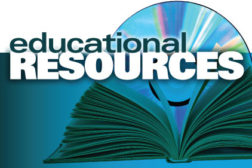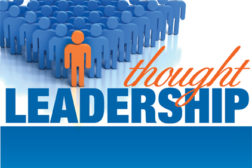Home » Keywords: » accountability
Items Tagged with 'accountability'
ARTICLES
Case Study: General Electric’s EHS Big Data Journey and Future Strategy
Report from AIHce 2016
May 19, 2016
Become a Leader in Safety Culture
Build your knowledge with ISHN, covering key safety, health and industrial hygiene news, products, and trends.
JOIN TODAYCopyright ©2025. All Rights Reserved BNP Media.
Design, CMS, Hosting & Web Development :: ePublishing










